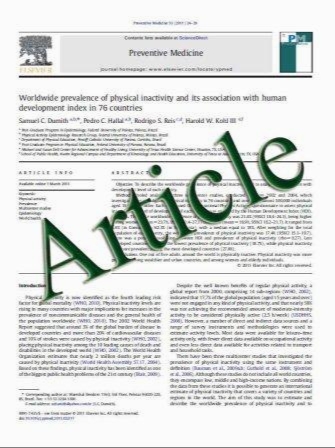Laparoscopic Sleeve Gastrectomy is a Safe and Effective Bariatric Procedure for the Lower BMI (35.0–43.0 kg/m2) Population
- نوع فایل : کتاب
- زبان : انگلیسی
- مؤلف : Brian Gluck & Blake Movitz & Shannon Jansma & Jennifer Gluck & Kelly Laskowski
- چاپ و سال / کشور: 2010
Description
Background The laparoscopic vertical sleeve gastrectomy (LSG) is derived from the biliopancreatic diversion with duodenal switch operation (Marceau et al., Obes Surg 3:29– 35, 1993; Hess and Hess, Obes Surg 8:267–82, 1998; Chu et al., Surg Endosc 16:S069, 2002). Later, LSG was advocated as the first step of a two-stage procedure for super-obese patients (Regan et al., Obes Surg 13:861–4, 2003; Cottam et al., Surg Endosc 20:859–63, 2006). However, recent support is mounting that continues to establish LSG as the definitive procedure for surgical treatment of morbid obesity. We will report our experience with the LSG as a primary bariatric procedure and evaluate if this operation is suitable as a stand-alone procedure. Methods The study is a nonrandomized retrospective analysis of 204 patients from a single surgeon operated between July 2006 and April 2010. The study comprises of 155 women and 49 men with a mean age of 45 years (range, 19–70 years), a mean preoperative weight of 126.6 kg, and body mass index (BMI) of 45.7 kg/m2. Results The mean percent excess weight loss (%EWL) was 49.9% (n=159), 64.2% (n=138), 67.9% (n=77), 62.4% (n= 34), and 62.2% (n=9) at 3, 6, 12, 24, and 36 months, respectively. For patients with BMI ≤43.0, the mean postoperative %EWL was 58.9% (n=72), 74.1% (n=67), 75.8% (n=39), 72.1% (n=17), and 78.7% (n=5) at 3, 6, 12, 24, and 36 months, respectively. Operative complications include leak (0.0%), abscess (0.5%), hemorrhage (1.0%), sleeve stricture (1.0%), and severe gastroesphogeal reflux disease with need to convert to laparoscopic Roux-en-Y gastric bypass (0.5%). Conclusions LSG yields excellent outcomes with low complication rates for morbidly obese patients. We advocate LSG as a safe and effective stand-alone procedure, especially with the lower BMI population (BMI 35.0– 43.0 kg/m2).
OBES SURG (2011) 21:1168–1171 DOI 10.1007/s11695-010-0332-7 Published online: 3 December 2010


